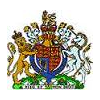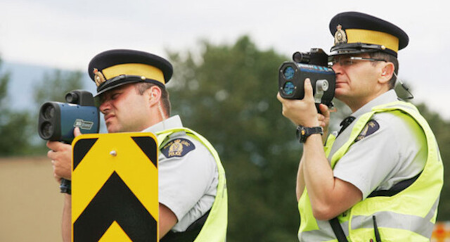 My highway patrol unit was issued its first laser speed measuring device back in the early 1990s. It was a popular tool to use because of both it's accuracy in targeting a specific vehicle and the measurement of that vehicle's speed. Case law regarding the use of the instrument developed over time in court the same way that it did with radar when that was introduced.
My highway patrol unit was issued its first laser speed measuring device back in the early 1990s. It was a popular tool to use because of both it's accuracy in targeting a specific vehicle and the measurement of that vehicle's speed. Case law regarding the use of the instrument developed over time in court the same way that it did with radar when that was introduced.

Laser Works Like Radar
When laser measurement cases were heard in traffic court we initially testified that we had compared the use of the laser to the use of radar and found that the laser measured speed as accurately as the radar did.
Courts Now Accept That Laser is Accurate
Fast forward 30 years and the courts have accepted that this method of speed measurement is accurate and the officer simply has to testify that they are qualified to use the device that they had employed, that it was tested as required by the manufacturer and found to be capable of measuring the speeds of moving vehicles.
Accused Must Call Evidence to the Contrary
It is then up to the accused to call into question the accuracy of the device by calling evidence to the contrary.
Officer's Visual Evidence of Speed
It was also expected that we would testify that we had observed the suspect vehicle and estimated that the speed it was being driven at was in excess of the speed limit. That estimate and the subsequent measurement agreed within reason.
This is no longer the case as the courts have decided that a visual estimate is not required to corroborate the measurement.
The Laser Manual
The Crown may choose to introduce the page from the manufacturer's operating manual as evidence that the accuracy is +/- 1 km/h at 50 km/h and the court has the authority to recognize it. As already noted here, this is not necessary to do routinely in a speeding ticket trial.
Appeal
An appeal of the decision in R v Thachuk linked above was heard on April 15, 2025. Justice Abrioux denied the appeal.
Share This Article
- Log in to post comments
